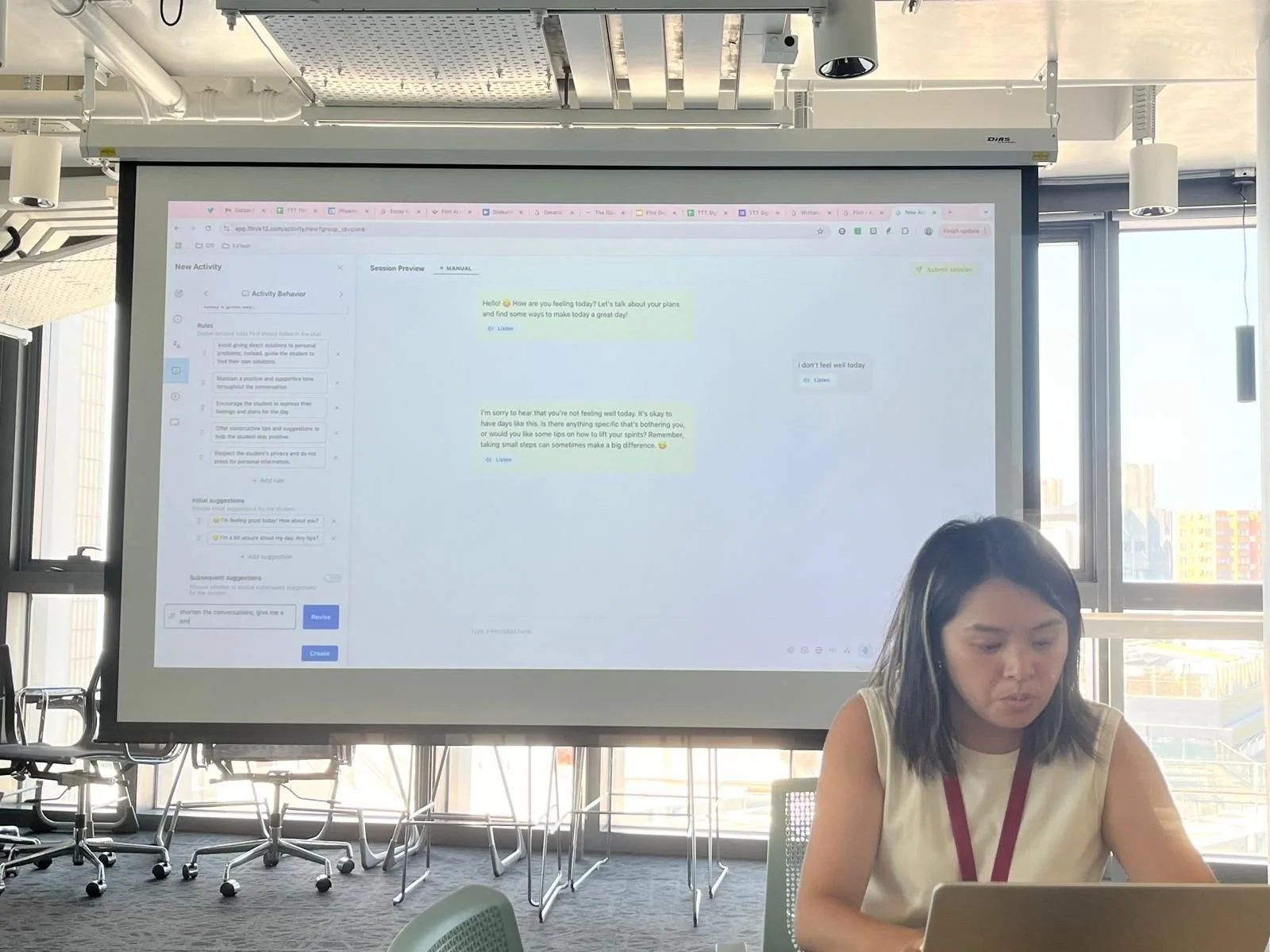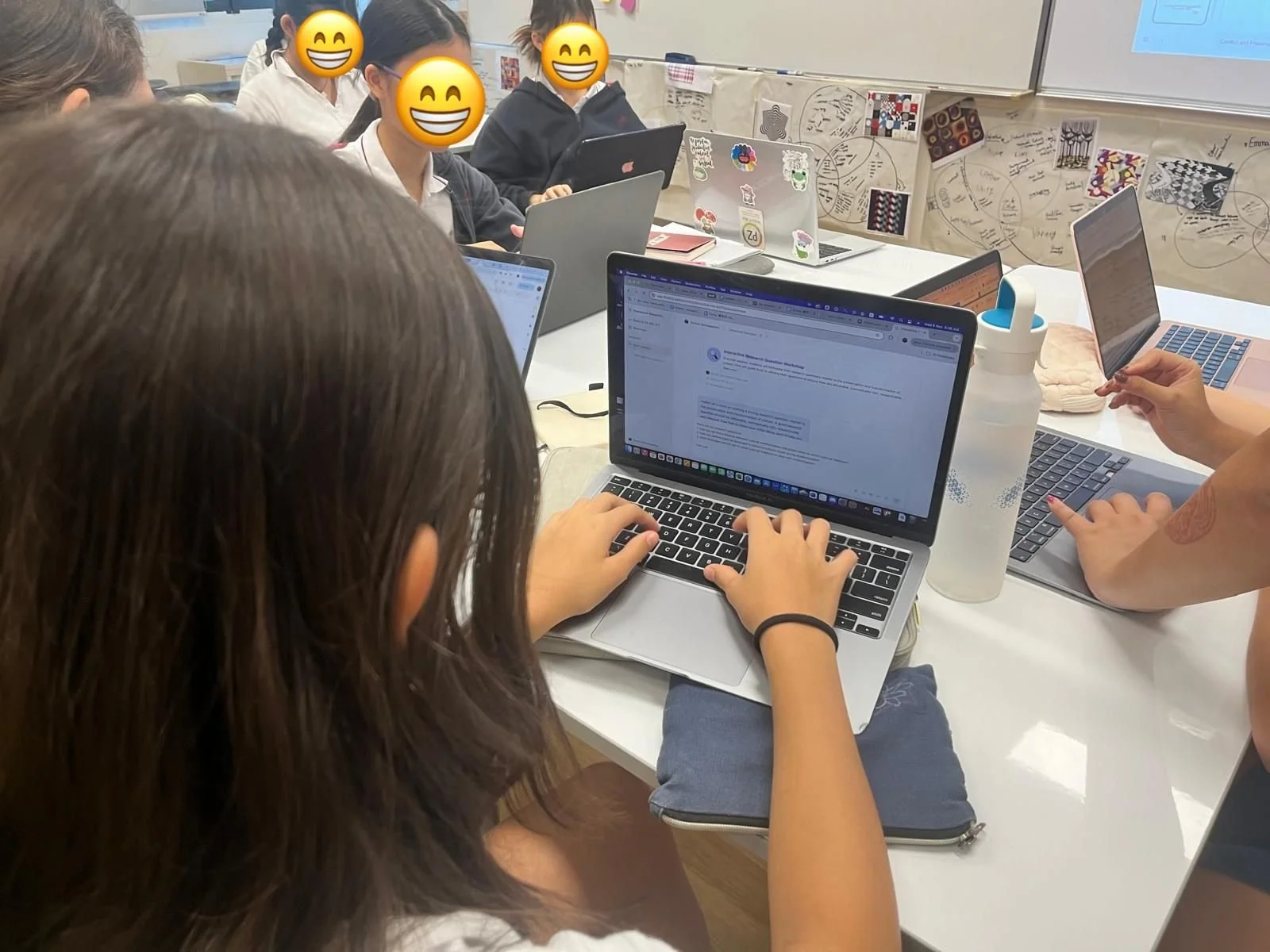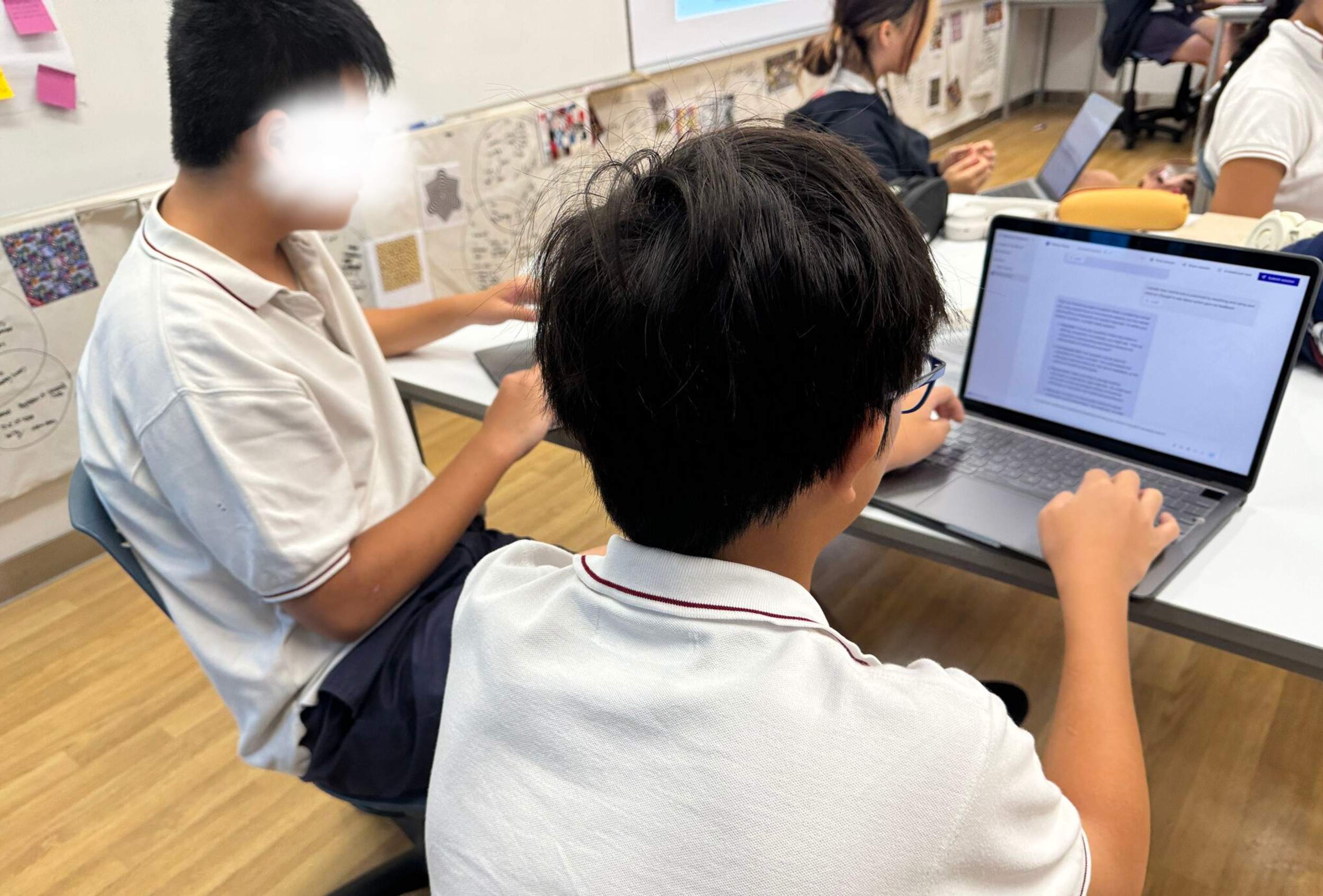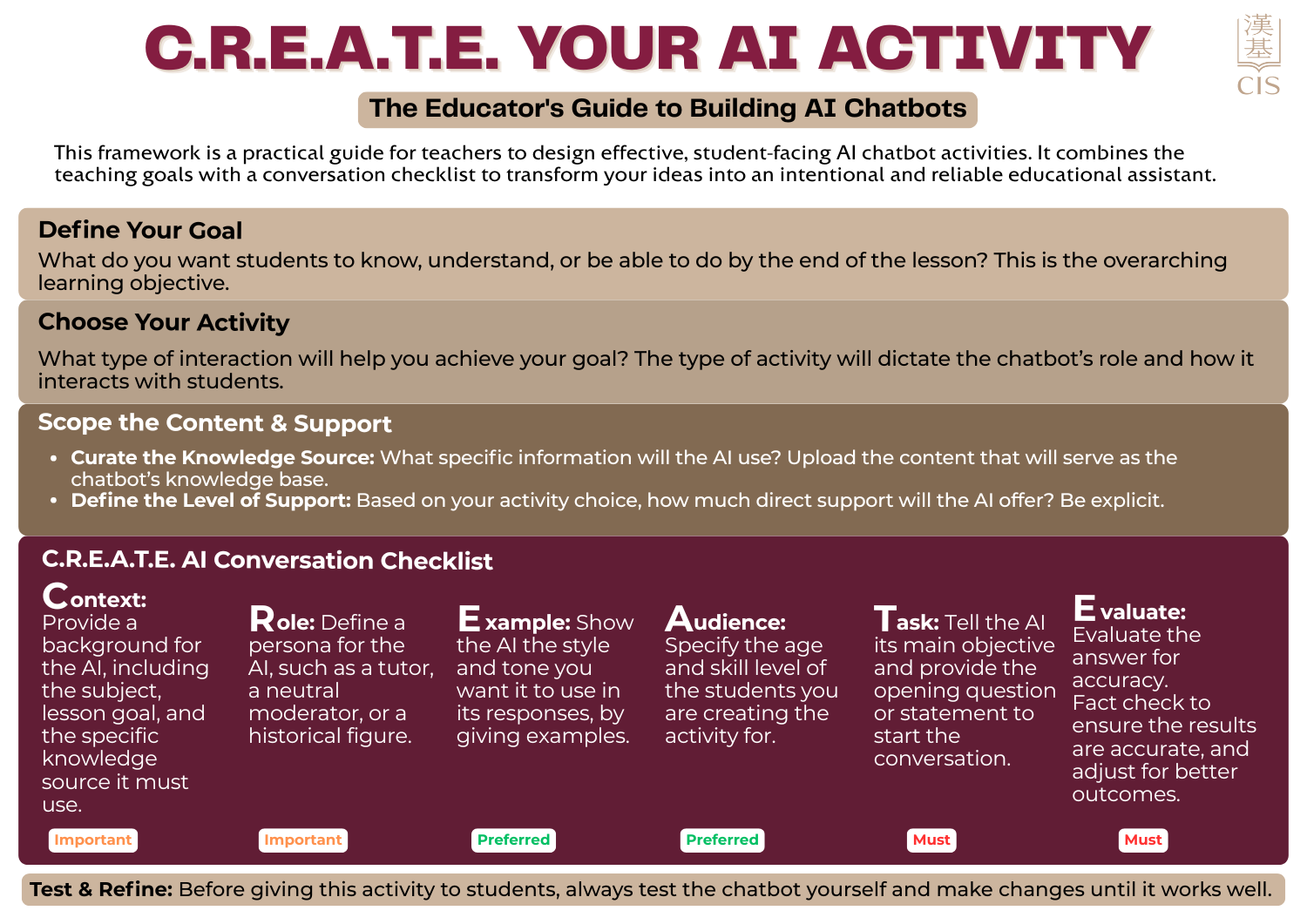Strategic Systems:
Sustainable Change Needs Infrastructure That Serves People
When I first researched AI learning platforms, I wasn't looking for something flashy. I was thinking about the teacher who has 150 students and wishes she could give each one personalized feedback. I was thinking about the student who's too shy to ask questions in class. Could technology help without replacing the human connection?
But I needed to know it would work for our entire community. So I tested it across year levels, across subjects, ensuring Math, English, Science, History, and Art teachers could all use it effectively, and with different language needs for our bilingual students. Because a tool that only works for some isn't worth implementing for anyone.
Implement AI Learning Platform into School
Skills Involved
AI Integration with Ethics and Intention
When AI tools exploded in 2023, schools panicked. I led our community to move beyond "what tools to use" to the real question: how does AI support learning and teaching? This was about pedagogy, not technology.
Using a whole-community alignment approach, we brought all voices to the table: teachers, leaders, students, parents. We respected that everyone was at different paces while ensuring no one was left behind. Not just a guidance document, but a sustainable, inclusive path to intentional integration.
Skills Involved
Restructuring the Laptop Program
A laptop program isn't about devices—it's about learning. I noticed a gap: our technology setup wasn't aligned with how teachers taught and students learned. When infrastructure doesn't match practice, expensive technology sits unused.
So I did the work: collected data on device usage, connected with other schools to learn from their approaches, and analyzed what worked and what didn't. I wrote a proposal and report outlining solutions, then collaborated with my principal to restructure the program. We aimed to bring a data-informed redesign that removed barriers and actually supported teaching.












